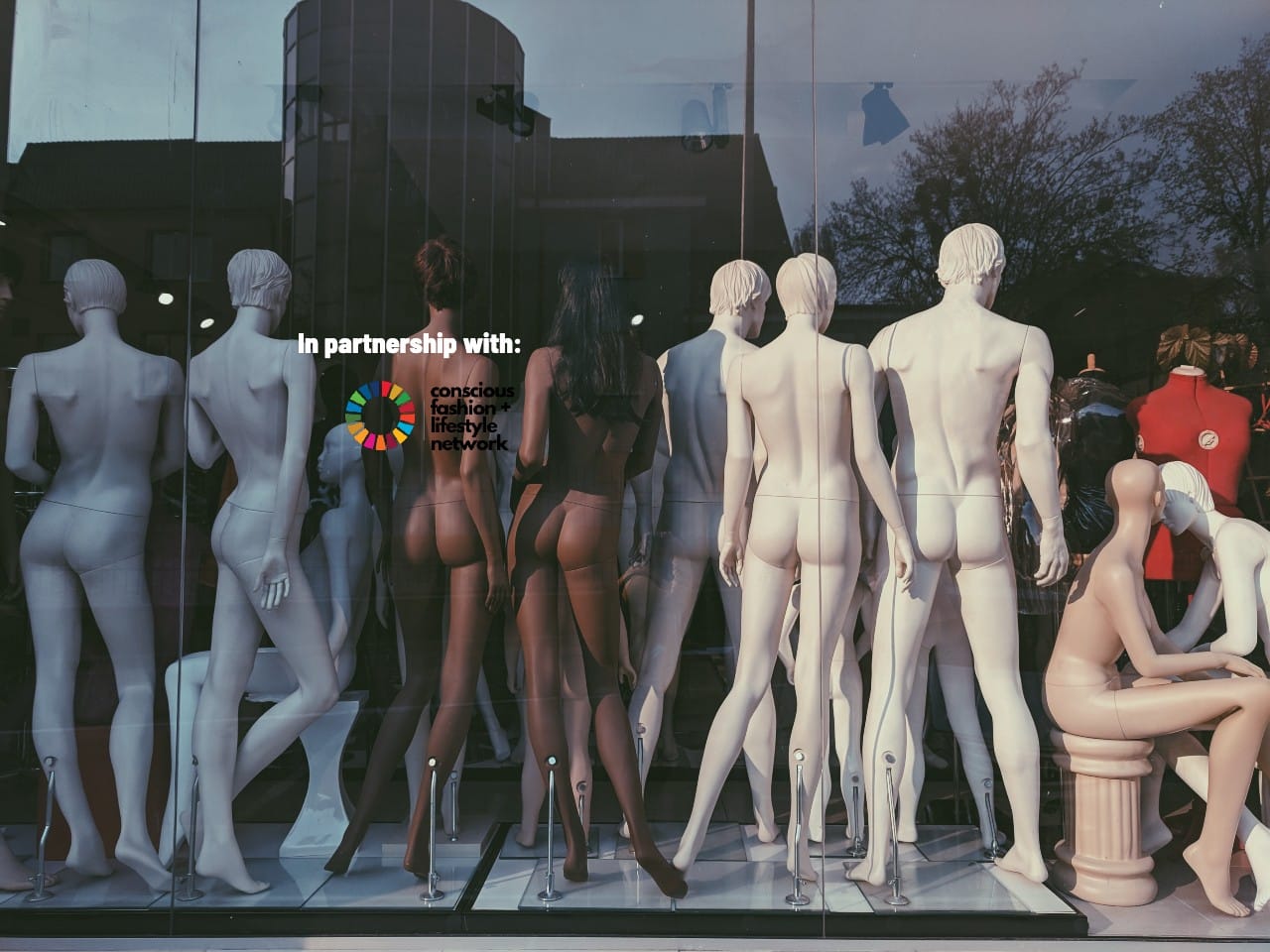How are people’s fashion behaviours and preferences changing?
In partnership with Conscious Fashion + Lifestyle Network
Greta Thunberg, the Swedish activist and campaigner, was recently chosen to be the first ever cover girl for newly launched Vogue Scandinavia which claims to be ‘the most sustainable publication in the world.’
The fashion magazine uses plastic-free packaging and plants two trees for every one that is cut down to create the printed issues. (They prefer readers to download digital versions). For them, and many others, 18-year-old Greta perfectly encapsulates the new generation of environmentally aware fashionistas. Wearing an oversized pink trench coat, Greta took aim at the fashion industry for its ‘huge’ contribution to climate change, which is the second most polluting industry in the world, according to the UN. Like many of her contemporaries, she rejected fast fashion in favour of recycling and vintage, pointing out that she hasn’t bought an item of clothing for three years and that was ‘second hand.’
We seem to have reached a point where your taste and style is valid, whatever it isFor today’s fashion consumers – not just gamine Greta – less is more. Achim Berg, a senior partner at McKinsey and Company, explained in a recent interview: “The reality is that the consumer currently wants less. The consumer also wants more clarity. Brands are trying to achieve that. Brands have started to rethink their offerings. They’ve started to rethink what they need to bring to consumers. And that means less – less collections, less drops, less SKUs (Stock Keeping Units) in general – because that’s not only easier to predict but also more sustainable for the industry and the planet.” Abigail Murray Chisman, former editor in chief of Vogue.com, says that Greta’s starring role in Vogue also signifies full circle for the fashion magazine which is ‘returning to its roots’ by championing the idea of individual style unimpeded by the dictates of a churning fashion industry. “Greta is wearing what she wants and underlining the point that fashion is whatever you want it to be. Back in the 1940s, under editor Audrey Withers, Vogue was talking about upcycling and publishing patterns for its readers. We’re coming full circle.”
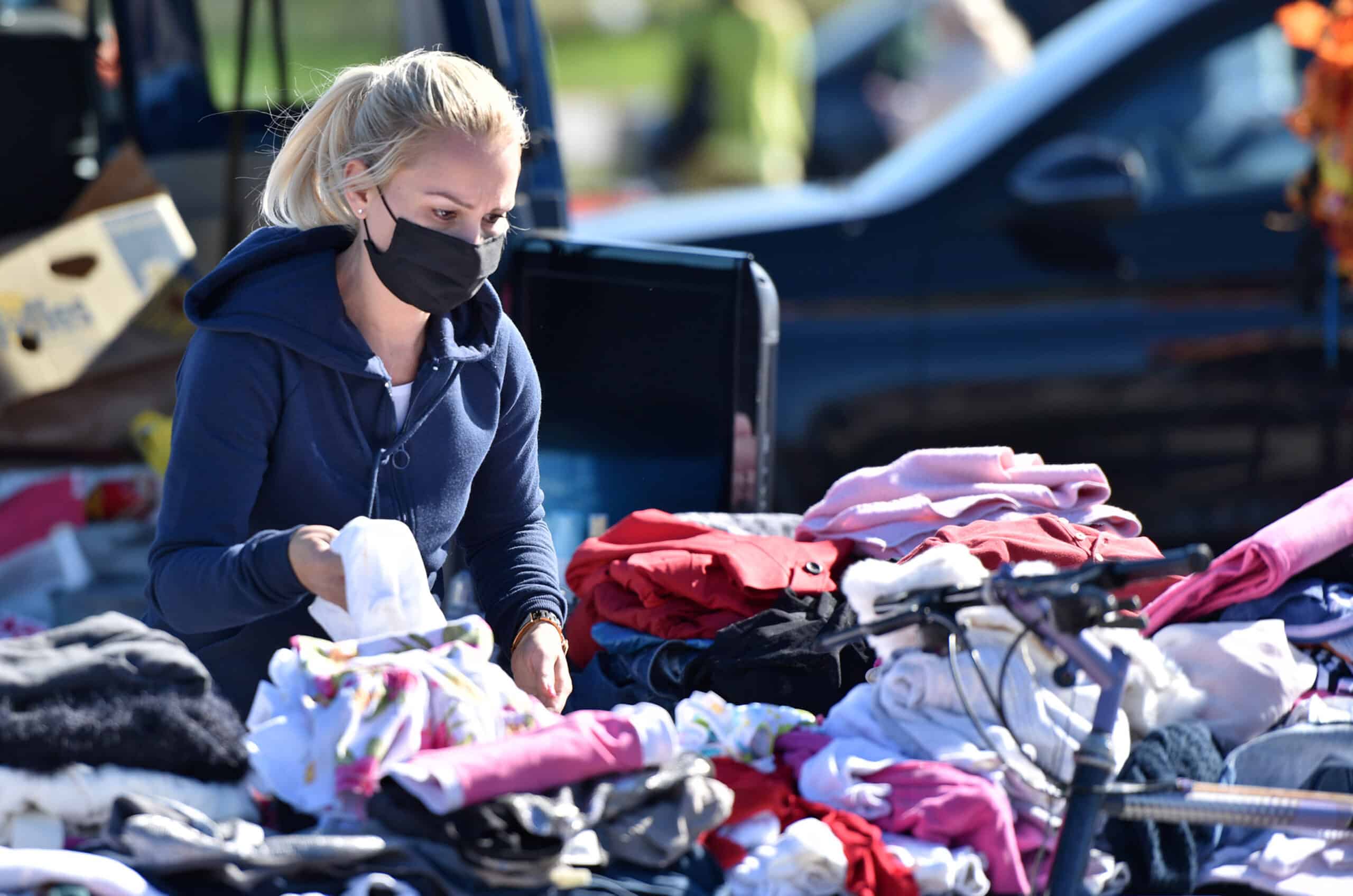
Many consumers, like this woman at an open-air clothes market in Vienna, or Greta Thunberg are turning to second-hand clothes. Photo from iStockPhoto
Abigail practises what she preaches and left Vogue.com in 2008 to set up her own sustainable retail outlet, The Designer Jumble Sale. Buyers at her site in Storrington near Brighton and online can make choices based on what “sings to them without having to worry they are helping to add to landfills or destroying pristine ecosystems. I’ve been wearing second-hand clothes since I was a baby and it has brought me joy throughout my life. We seem to have reached a point where your taste and style is valid, whatever it is.”
She is adamant that huge strides have already been made in changing attitudes for the better. “I worked at Vogue Online from 1995. Back then, the idea of sustainable fashion was barely even mentioned. There were people talking about it but it was a tiny fringe.”
“When I left Vogue.com, the environmental impact of the fashion business was one of the triggers for me. I was watching this 6-month retail churn and it was depressing. Top Shop had a two-weekly turnover at one point which was just nonsense. But there is definitely a shift away from the idea of something being ‘so last season’ which is entirely a good thing since that kind of attitude makes me want to scream!”
Younger fashion consumers are increasingly agreeing with her. Individualism is key to fashion today and upcycling and recycling ticks lots of boxes – low carbon footprint and special to the wearer.
A majority of younger generations (59 percent of Generation Z and 57 percent of Millennials) are buying upcycled products created from discarded objects and materials, according to Forbes magazine.
And 62 per cent of Generation Z said they would prefer to buy from sustainable brands, according to a 2019 report by consumer trends analyst company First Insight.
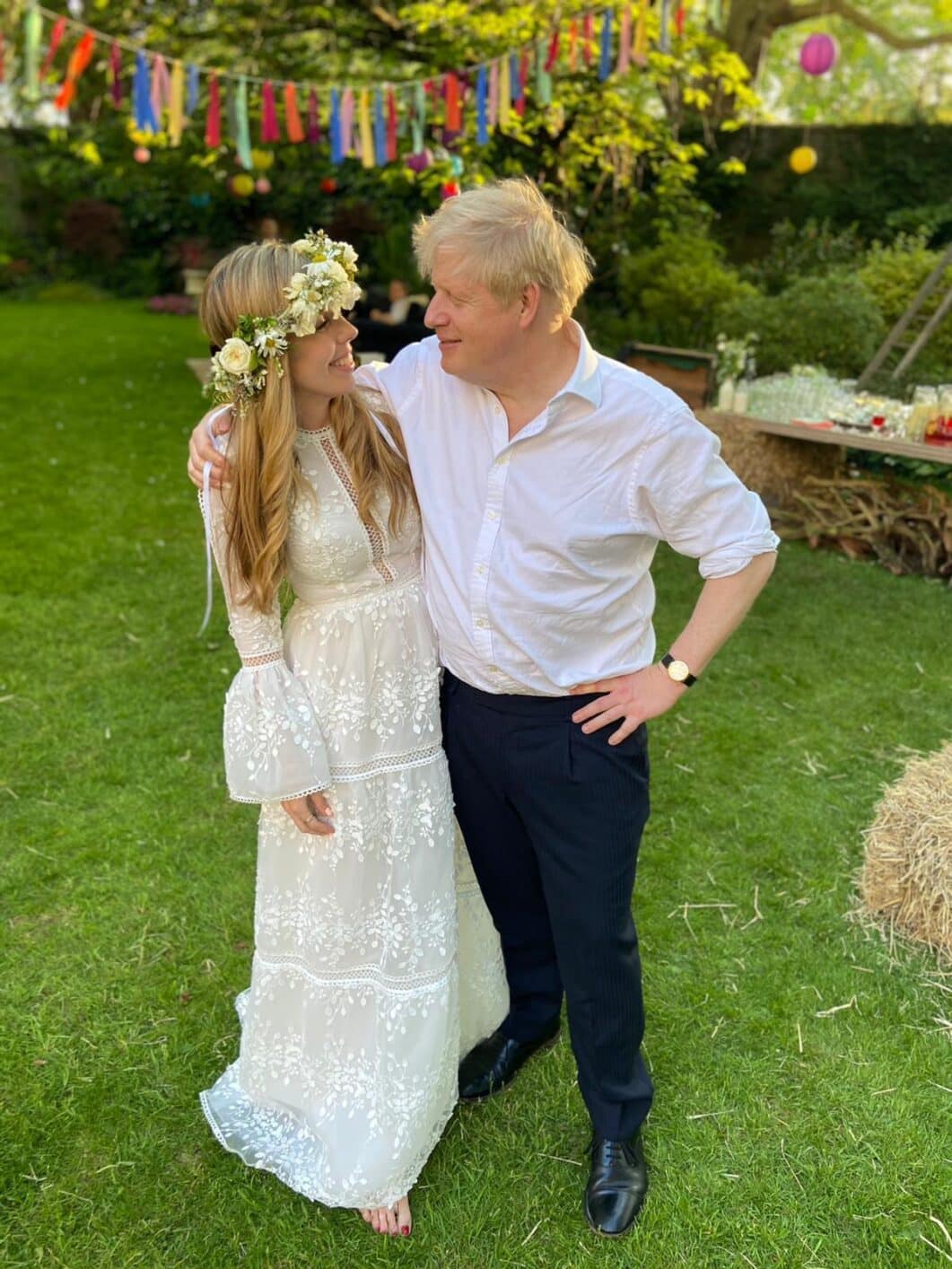
Carrie Johnson wore a rented wedding dress for her marriage to Boris Johnson. Picture from Twitter via The Sun.
These ‘woke’ consumer attitudes are already revolutionising practices of manufacturers and retailers, according to Achim Berg: “Social justice is a very important topic for the industry, and we feel that it is increasingly important in 2021. We’ve come a long way, but there’s still a lot to do. Working conditions are very different along the value chain and need to be generally improved. The impact of the COVID-19 crisis also has hit a lot of the emerging markets – producers and their employees. The industry has realized that they need to take responsibility for that.”
Yet fashion consumers do still face a dilemma. Their views and ideals may not always be practical or affordable. Like most of Generation Z – those born between 1997 and 2012 – Imogen Lord, 15, struggles to align her consumer choices with her values. “I care about the environment and I want to do my bit but it’s not always possible,’ says Imogen who is based in Hampshire. I’ll check that companies aren’t using sweat shops and causing rivers to die in Bangladesh but sustainable fashion is still a bit of a luxury I can’t afford.”
She still buys the majority of her clothes from online platforms that are advocating for change, but still sit squarely beneath the ‘fast fashion’ banner. “I’ll typically buy pieces from Urban Outfitters, Boohoo, Pretty Little Thing and Shein, because their range of skirts and tops is huge and up to the minute. I wouldn’t buy from a brand that I knew was exploiting its workforce or wrecking the environment in developing countries, but I need to know more.”
Fashion is a big ship and turning around 180 Degrees is going to take a long time
Abigail Murray Chisman agrees that the issues are nuanced, and that fast fashion did – and still does – have a place. “Fast fashion was a movement of a kind that represented empowerment for people who couldn’t afford the Marc Jacobs jacket but could buy the cheaper version. That cheapness was empowering. But there was a lot of cost and we have to learn from our mistakes.’ Younger people, who make up the majority of fashion consumers, also have less well developed impulse control, meaning they are likely to buy off the cuff.”
She agrees that ‘green washing’ makes it harder for people to see the cost of what they wear, and that there does need to be more transparency. Technology may provide an answer for this, through smart labelling which shows the history of items from raw materials through to retail, and block chain software which can show the trail of an item in real time with full transparency. “I think at this stage we do need auditing.”
But there has to be a recognition that change will not happen overnight. “Fashion is a big ship and turning around 180 Degrees is going to take a long time. With the greatest of faith, it’s going to take a while.” says Abigail. “There is a danger that in protest and despair we get very angry but that doesn’t get you the results you need.”
More Sustainable Fashion
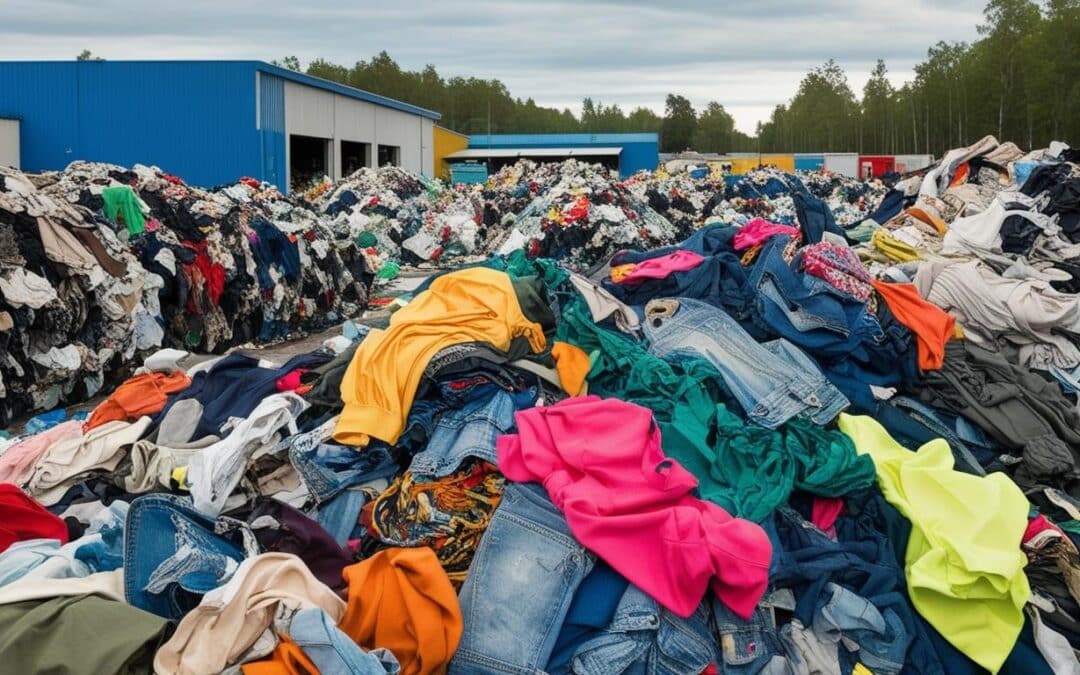
Sweden Faces Textile Recycling Challenge
Find out how Sweden is tackling the influx of discarded clothing and enhancing its textile recycling systems amid new regulations.
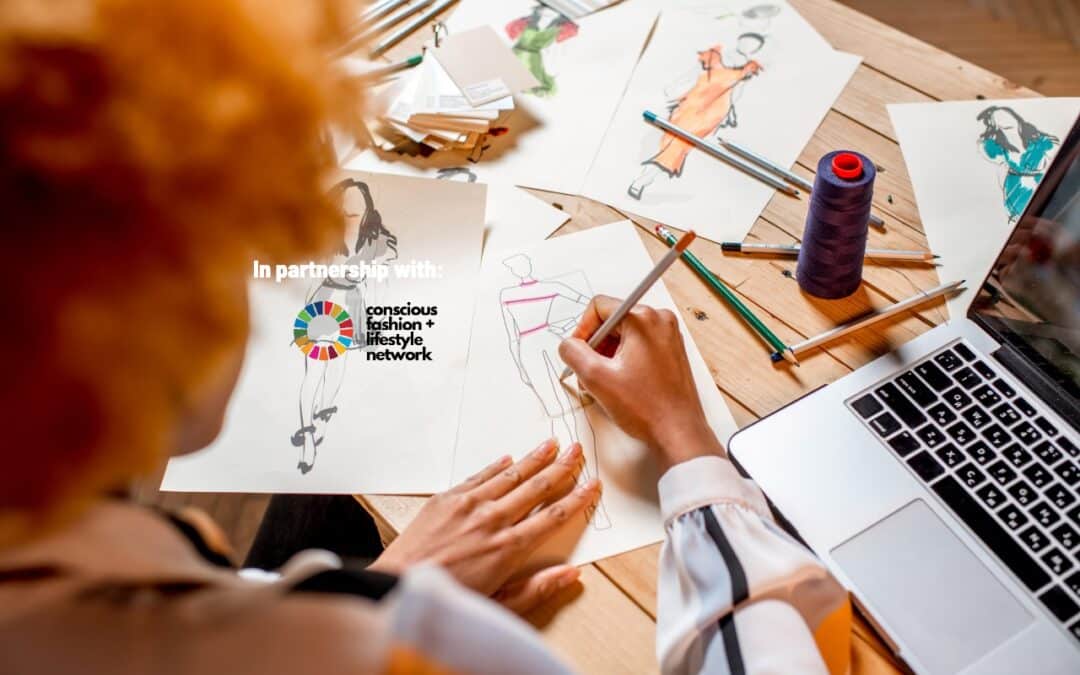
Designed To Be Better
How is sustainability being carried through into the fashion design process? In partnership with Conscious Fashion + Lifestyle NetworkBy the time you actually wear your new floaty boho dress or the latest streamlined pair of ergonomically-designed running shoes, the...
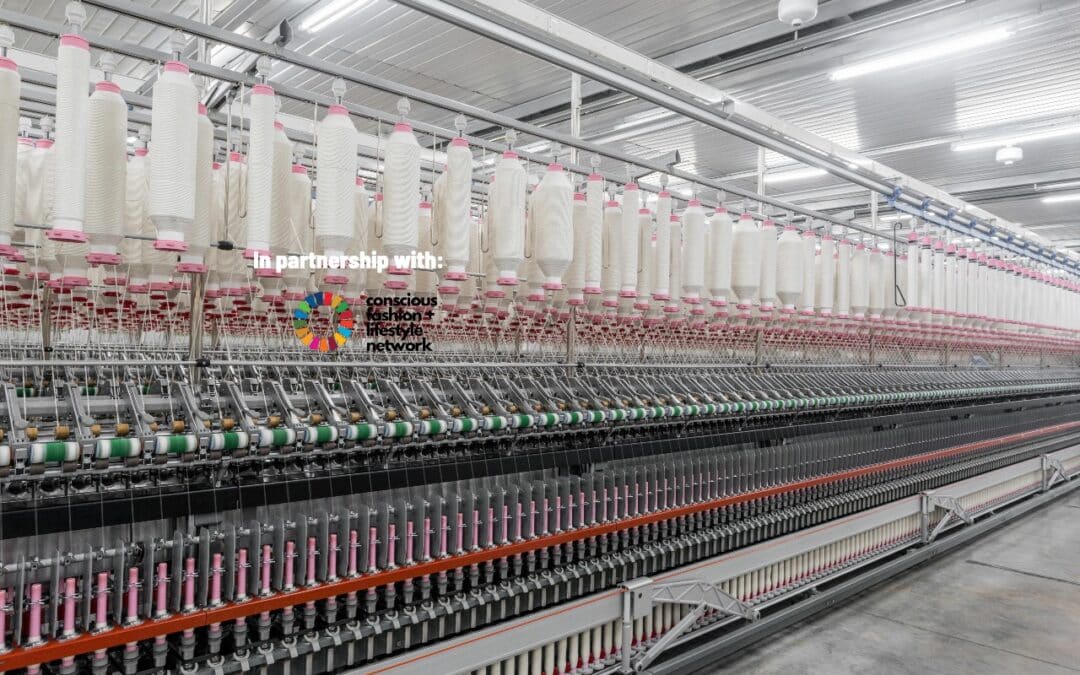
Fashion’s Radical Overhaul
How Is Fashion Changing Behind The Scenes? In partnership with Conscious Fashion + Lifestyle NetworkThe fashion industry is a vast interconnected system worth trillions of dollars which employs millions of people, many of them women and girls. But 18 months into the...
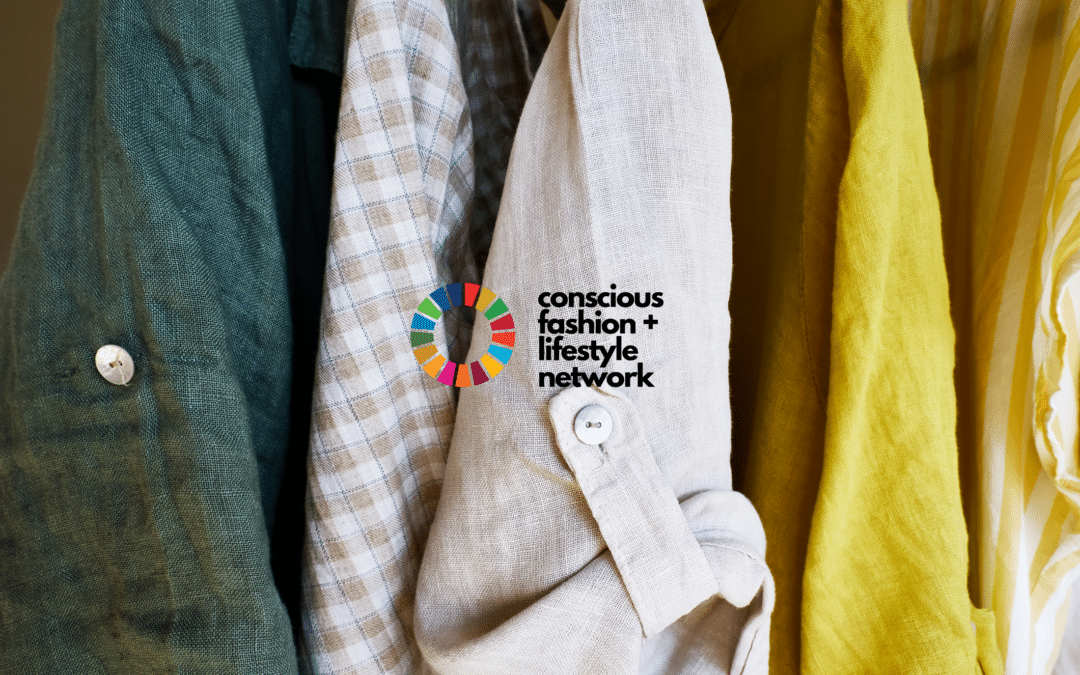
PARTNER PAGE: Conscious Fashion + Lifestyle Network
Given its global reach, the fashion and lifestyle industries are uniquely positioned to collaborate and engage on the Sustainable Development Goals (SDGs), in particular on confronting the climate crisis, achieving gender equality throughout the value chain, and...
Across the age groups, consumers ultimately want brands to make sure their purchases are ethical ones and are recognising the benefits of quality over quantity. Just 53 per cent of Generation Z consumers who bought clothes online were satisfied with garment quality, according to the latest report from Monitor and that dropped to 25 per cent who were satisfied with the fit.
“While young people are idealistic and motivated, they should not bear the full weight of responsibility for changing the world”, says Kerry Bannigan, Executive Director of the Fashion Impact Fund and creator of the Conscious Fashion Campaign, an initiative that works to increase the fashion industry’s action support of the Sustainable Development Goals as outlined by the UN and helps to manage the Conscious Fashion and Lifestyle Network. “Generation Z definitely want to support brands that make ethical choices and take to the streets and protest on social media. But while their morals and ethics want to align with sustainable goals, their income doesn’t always match. It’s OK to say that the youth of today is going to fix the problem but actually we all need to play a role across the generations if we want to hold the big fashion corporations to account.”
Subscribe
Sign-up to receive our newsletter
